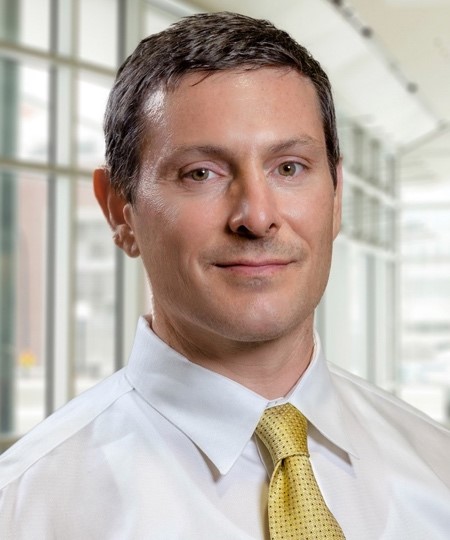Sports PT Spotlight

Jake Bleacher, MSPT, OCS, FAAOMPT, CSCS
Jake has 19 years of experience in sports medicine. His professional accomplishments include co-authoring six chapters in physical therapy textbooks. He has obtained certifications in manual therapy, strength and conditioning, dry needling, and is board certified in orthopedics and is fellowship trained in manual therapy. Jake is co-director and helped start the orthopedic manual physical therapy fellowship program at the Ohio state University in 2015.
Why did you decide to pursue a career into Sports PT?
After graduating from PT school sports PT jobs were limited, so I worked in a variety of settings (SNF, acute and home health) Although I enjoyed these settings and patient care in general, I found Sports Medicine PT and manual therapy was where my passion was so I made that my career focus.
What type of athletes or teams do you work with now?
Currently I work primarily with recreational athletes who generally work or go to school full time but still participate in recreational or some level of competitive sport including baseball, track, soccer, golf, basketball, football and Lacrosse.
How did you get there?
I was in Sports PT for 9 years prior to coming to OSU where I am going on my 10th year in sports medicine. Over the years, I have treated athletes of different skill levels and from a variety of sports. What I found over the years is that to be successful, you have to understand the mental and physical abilities of the athlete and what they are trying to achieve. Additionally, you have to know what the physical demands of the particular sport in order to progress the athlete back to competitive form and prevent re- injury.
What do you feel makes treating the sports population different from the orthopedic population?
With general orthopedics the focus is more on restoring and improving daily function without having pain or limitations. An example would be a patient wanting to go up and down steps without having knee pain. The goals and focus of PT for the athlete are very specific to the demands of the sport. The primary purpose then would be to return to sport without risking reinjury. As an example, when rehabbing a baseball pitcher following rotator cuff injury you have to assure they have adequate strength, range of motion, power core stability and endurance to meet the demands of the sport as well as assure their throwing technique is good.
What forms of manual therapy do you implement into your practice and what benefits have you seen from these techniques?
I use all forms of manual techniques with the athlete depending on what the impairment is. I will often use high velocity thrust manipulation, graded joint mobilizations, soft tissue mobilization, muscle energy, cupping and dry needling. The goal always is to restore function by restoring ‘normal’ function in the joint and soft tissue with using appropriate amount of force and dosage. The difference with the athlete is they are generally receptive to ‘whatever it takes’ to get them back to playing and so you have to be cognizant to not overuse the amount of techniques that will delay healing.
What's the best professional advice you would give a clinician in order to be successful in the field of Sports PT?
When just starting it’s helpful to find a clinic where you have exposure to multiple types of athletes and other clinicians who you can learn from and find mentorship. Never be complacent with the desire to develop new knowledge and skills. Lastly, find what your passion is whether it be in sports or some other type of therapy and follow it so you find your career rewarding and better serve those you have the privilege to treat.